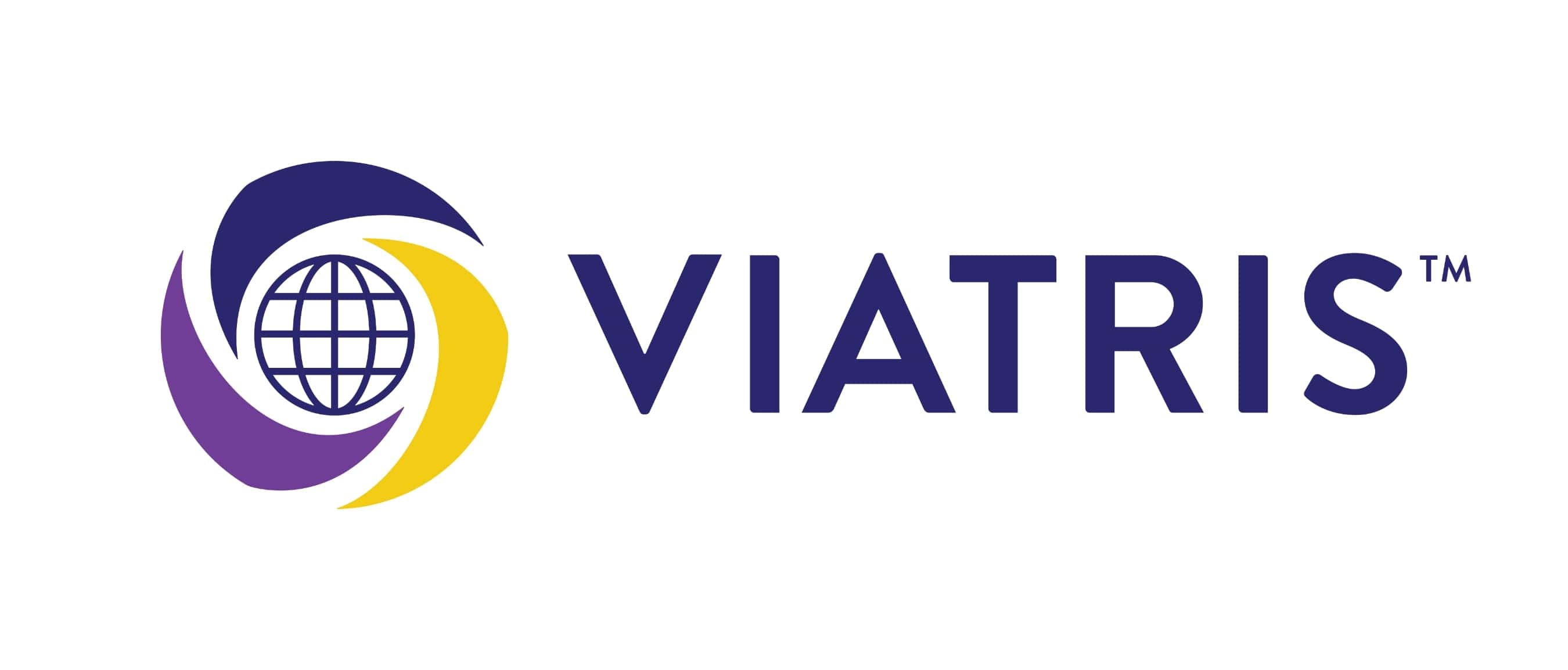Though HIV Positive, a Young Girl Thrives
By: Niki Kapsambelis

Though she just celebrated her third birthday in August, Nabawesi Shamim can already recite her ABCs and count to 20.
She knows how to dress herself and wash a few utensils; she loves to join other children in games and play with paints. She lives with her extended family on a farm in central Uganda. She can’t wait to start school.
Every morning at 8 a.m., Nabawesi swallows medicine her mother measures out for her. She does not yet know why.
Someday – maybe a few years from now -- her mother, Nabbanja Maluusi, plans to tell Nabawesi that the medicine treats her for HIV, a virus she has carried since birth. But for now, she is simply happy that her daughter is growing and thriving.
“Now, she’s happy,” says Nabbanja.
She didn’t always feel so hopeful. During her pregnancy, she worried that she would transmit the virus to her baby. A test after she gave birth confirmed her worst fears; Nabbanja and her mother both cried.
“I felt so bad,” Nabbanja recalls. “I asked myself: ‘Why me?’”
That was when staff of the Joint Clinical Research Centre reached out to offer support. The clinic, located about 11 kilometers southeast of Uganda’s capital city, Kampala, specializes in HIV/AIDS treatment and management. As part of its services, the clinic conducts outreach for children identified as HIV positive through an early infant diagnosis program.
According to the Uganda AIDS Commission, approximately 1.4 million people in Uganda were living with HIV in 2020, up from 1.2 million a decade earlier. The commission reports that improved access to HIV testing, care and treatment has led to greater longevity; new HIV infection rates during the same timeframe declined 60% from 94,000 in 2010 to 38,000 in 2020.
Christine Matama, a spokeswoman for the clinic, said the staff began caring for Nabawesi when she was 3 months old. Every two weeks, her mother traveled to the clinic – a journey that sometimes took as long as four hours – so health care providers could monitor her growth and progress. Eventually, depending on how much care and social support the child needs, visits taper off to once every one to three months.
The clinic provided medication to treat Nabawesi’s HIV, but it came in a syrup that required refrigeration, which the family does not have. Nabbanja tried to improvise by storing the bottle in a pot filled with sand saturated in cold water, but it was challenging. The baby kept vomiting up the only other medicine available at the time.
Finally, a third medicine became available in the form of dispersible tablets that can be dissolved in water or swallowed whole. Little Nabawesi was able to successfully take this medicine.
Manufactured by Viatris, Nabawesi’s medicine was developed through a collaboration with ViiV Healthcare, the Clinton Health Access Initiative and Unitaid to help expand access to children living with HIV/AIDS in low- and middle-income countries. According to the World Health Organization, half of HIV-positive infants will die before their second birthday without prompt diagnosis and treatment.
Relieved to have this treatment option, Nabbanja expressed her gratitude: “Thanks very much, my dear, for making her a good medicine,” she said. “Life wasn’t good at first. But now I’m OK; my child is OK.”
At the Joint Clinic Research Centre, prior to the availability of the dispersible tablets, many young children faced challenges similar to Nabawesi, according to Christine Matama. With the availability of more treatment options for children, the HIV virus is better repressed, which can lead to better outcomes, says Dr. Diana Rutebarika, deputy head of pediatrics.
Dr. Rutebarika remembers a time when HIV-positive patients had almost no options; circumstances have improved significantly since then. One of the clinic’s earliest pediatric patients is now 33, has completed school, married and is the mother of four children herself.
“They are able to go through work and have a more fulfilling life when they’re in care,” Dr. Rutebarika says.
For Nabbanja, the care from the clinic was life-changing: “I knew that living with AIDS is not the end, though you’re (HIV) positive,” she says. “I became strong.”
Our Commitment to HIV Patients Worldwide
As part of our mission to help people worldwide to live healthier at every stage of life, Viatris is committed to providing access to medicines for HIV patients. Some examples of this commitment include:
- Approximately 40% of adults and more than 60% of children are being treated for HIV worldwide use a Viatris product.
- Viatris has lowered the cost of treatment for children in low- and middle-income countries by 75% to $120 per year with our pediatric medicine.
- We have established an initial sustainability goal to provide ARV therapy equivalent to a total of 30 million patients, including more than 2 million children living with HIV/AIDS, between 2022 and the end of 2025.
In recognition of Viatris’ work through public-private partnerships to expand access to innovative HIV drugs, Fortune named the company fifth out of 53 on its Change the World list in 2021. The annual ranking showcases companies making a positive societal impact through activities that are part of their core business strategy.

